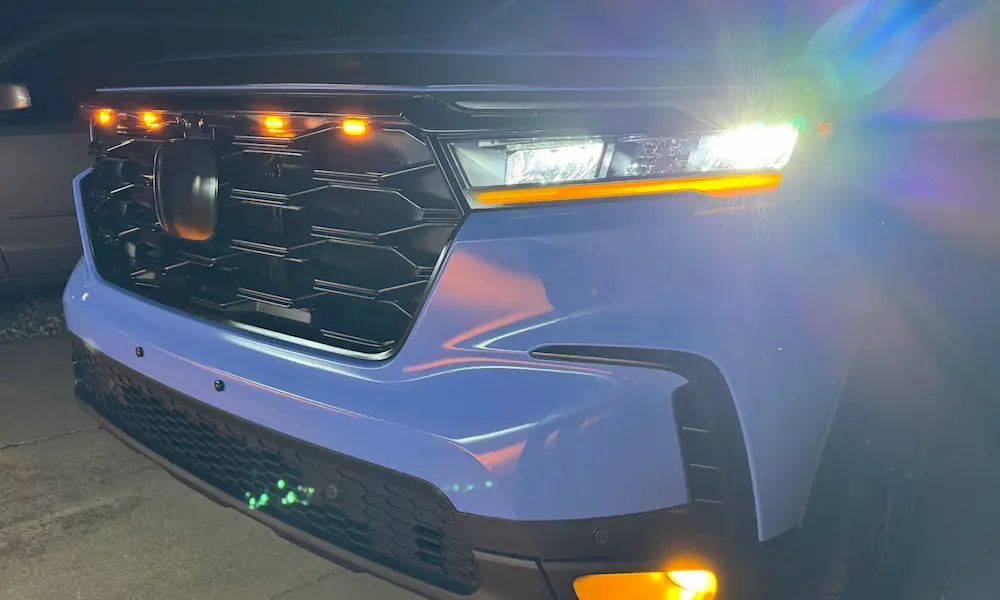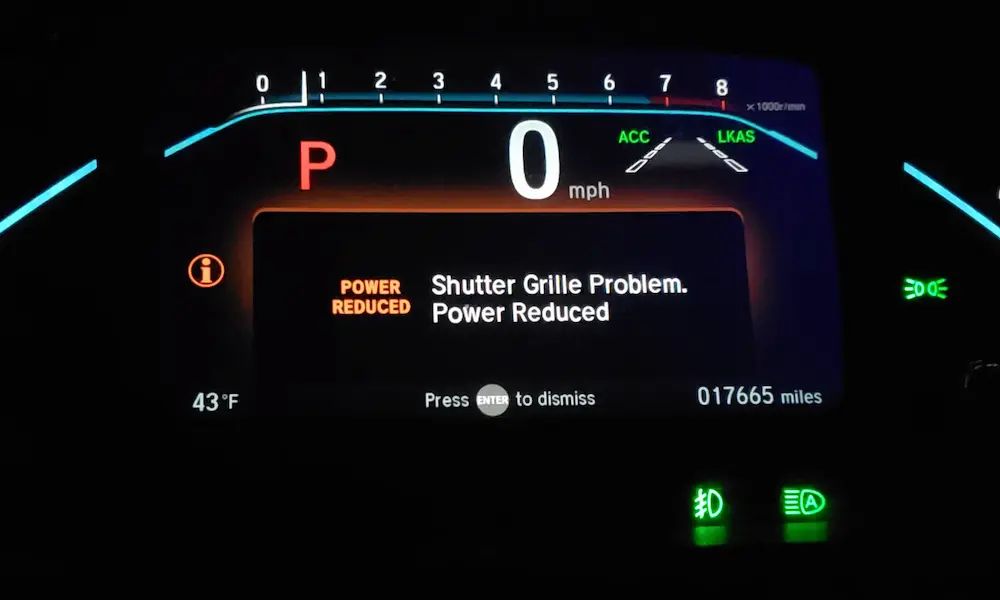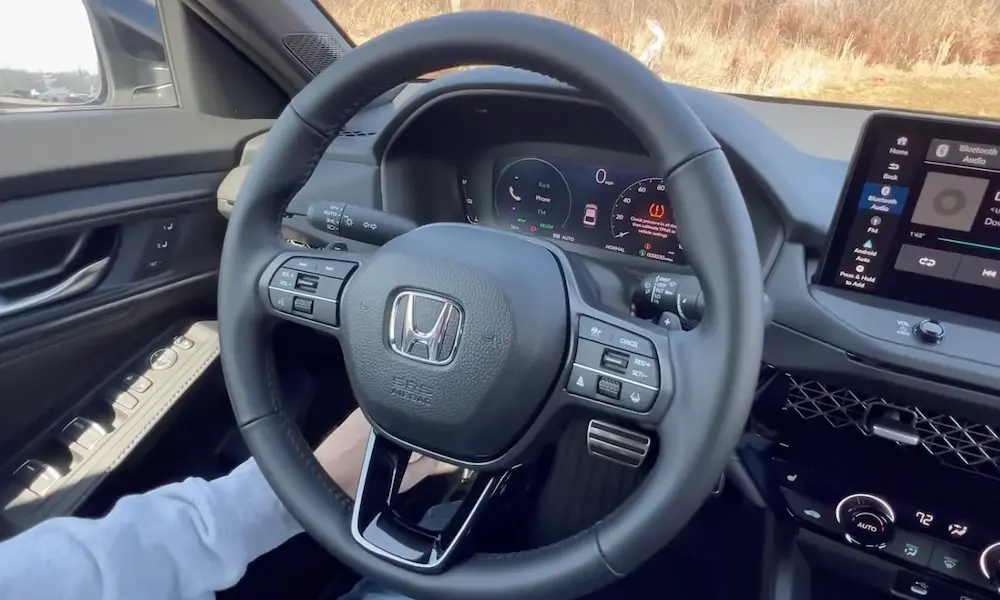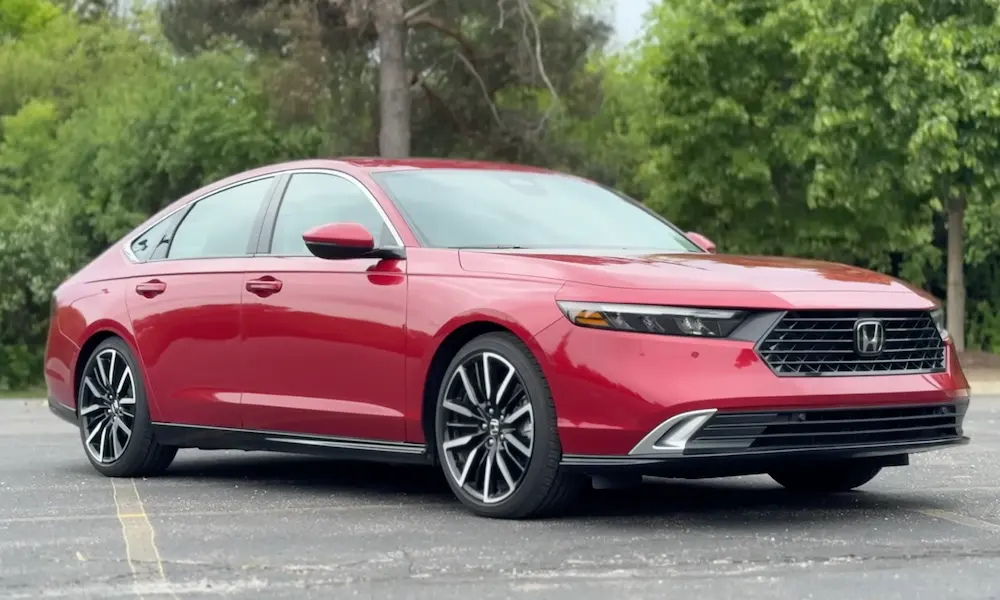Dealing with the emissions system problem in your Honda Accord can be frustrating, but it’s a common issue for many drivers. This problem often points to a malfunction in the emission control system, which affects your car’s performance and impacts the environment. Understanding what’s wrong—and how to fix it—can save you time and stress. Discover practical solutions that might solve your problem by reading on.
Common Problems and Symptoms
There are several key issues that can affect the emission system in your Honda Accord. Recognizing these problems early can help you maintain performance and fuel efficiency. Below, you’ll find details about common parts that can fail and what symptoms to look out for.
Oxygen Sensor Failures
The oxygen sensor, or O2 sensor, plays a critical role in measuring the amount of oxygen in the exhaust gases. If it fails, the engine’s computer might not balance the fuel-to-air mixture properly. This can lead to poor fuel economy, increased emissions, and reduced engine performance.
A failing oxygen sensor can trigger an emission system warning. You might notice that you’re visiting the gas station more often. This issue can also cause the “check emission system” light to appear on your dashboard. An easy way to confirm malfunctioning is by using a code reader to search for related trouble codes.
Catalytic Converter Issues
Your catalytic converter helps reduce harmful emissions by converting them into less harmful substances. When it malfunctions, it can negatively impact both performance and the environment.
A common sign of catalytic converter trouble is a noticeable drop in engine performance. You might also experience increased fuel consumption. If ignored, this problem may prevent you from passing an emissions test. Keep an eye on dashboard lights, as they may indicate catalytic converter issues specifically.
EGR Valve Malfunction
The EGR (Exhaust Gas Recirculation) valve helps in reducing nitrogen oxide emissions by recirculating a portion of the exhaust into the engine. If it fails, it can cause rough idling or even stalling.
Symptoms of a problematic EGR valve often include a rough engine idle and sometimes a check engine light. You may experience stalls or hesitation during acceleration. Troubleshooting might reveal specific error codes pointing towards EGR issues.
Deteriorating Air and Fuel Filters
Dirty air or fuel filters can restrict the airflow to your engine or reduce fuel delivery efficiency. This blockage can cause a strain on the emission system, leading to increased emissions and poor fuel economy.
A common sign that your filters need checking is a decreased overall vehicle performance or reduced fuel efficiency. Routine inspections of air filters and fuel filters can help prevent these issues. Replacing them as needed is an easy fix to keep your system running smoothly. Check for clog buildup and replace promptly to avoid unnecessary wear on the emission system.
Diagnosing Emissions System Problems
Understanding emissions system problems in your Honda Accord can save you time and money. By learning how to read trouble codes, utilizing diagnostic tools, and using OBD-II scanners, you can address issues like a check engine light or emission system problem effectively.
How to Read and Understand Trouble Codes
When a warning light appears on your dashboard, it’s often due to an emissions system issue. The first step in diagnosing these problems is understanding diagnostic trouble codes (DTCs). These codes are generated by your vehicle’s onboard computer when it detects a problem.
The codes can indicate issues with components like the mass airflow sensor or oxygen sensor. You can find these codes using an OBD-II scanner. Each code corresponds to a specific problem, such as a faulty sensor or exhaust leak. It’s crucial to refer to the vehicle’s manual or a trusted online source to decode and understand these signals accurately.
Professional Diagnostic Tools and Techniques
While an OBD-II scanner provides a good start, sometimes you need a more detailed analysis. Professional mechanics use advanced diagnostic tools that can provide a comprehensive assessment of the vehicle’s systems beyond what basic scanners offer.
These tools allow mechanics to run tests and monitor system performance in real-time. This is especially useful when dealing with complex issues that involve multiple components. Techniques like smoke testing can help identify leaks in the exhaust system or EVAP system, which are common causes of emissions problems. Visiting an auto repair shop ensures that all potential issues are identified and addressed.
The Role of OBD-II Scanners in Emissions Testing
An OBD-II scanner is a key tool for any car owner. It’s easy to use and helps identify trouble codes related to the emissions system. Simply connect the scanner to your vehicle’s OBD port, usually located under the dashboard.
OBD-II scanners not only help diagnose the problem but also clear minor issues like temporary glitches that trigger the check engine light. They provide critical information such as fuel system status, engine load, and temperature. This helps you decide whether a quick fix is possible or if a visit to a mechanic is necessary.
Emission System Repairs and Solutions
If you’re dealing with emission issues in your Honda Accord, there are several potential solutions to explore. From replacing critical components like oxygen sensors to resolving EVAP system problems, understanding these solutions can help maintain your car’s performance and efficiency.
When to Replace Oxygen Sensors and Catalytic Converters
Oxygen sensors play a crucial role in your Accord’s emissions system. They help maintain the right fuel-to-air ratio. When these sensors fail, it can lead to increased emissions and decreased fuel efficiency. Symptoms like rough idling or poor acceleration signal a problem. Replacing faulty sensors can often resolve these issues.
Catalytic converters are another important component. If you notice reduced engine performance or a rotten egg smell, you might have a failed converter. Replacing it can restore efficiency and lower emissions. Maintaining these crucial parts helps your Accord run smoothly and efficiently.
Fixing Common EVAP System Issues
The EVAP system prevents fuel vapors from escaping, reducing pollution. Common problems include a leaking purge valve or a damaged canister. If your check engine light is on, it might be due to these EVAP issues. Regular maintenance can help spot these problems early.
You might hear hissing sounds or notice a fuel smell, indicating an EVAP problem. Repairing or replacing faulty components can solve this. Ignoring the issue can lead to more severe complications, so addressing it quickly ensures that your vehicle remains eco-friendly and efficient.
Dealing with Emission Control System Warnings
Seeing a warning light on your dashboard can be concerning. Emission control system warnings indicate problems with your Honda’s emissions controls. Common causes include sensor malfunctions or exhaust leaks. Using an OBD-II scanner can help diagnose the issue.
Once diagnosed, address the root cause like repairing leaks or replacing bad sensors. Prompt action can prevent further engine damage or failures. Regular inspections help keep the system working well. Keep an eye on your dash for any warning lights to avoid costly repairs.
Addressing Reduced Engine Performance and Fuel Efficiency
If your Accord shows signs of reduced engine performance, such as sluggish acceleration, it may link to emissions problems. Issues like clogged air filters, faulty fuel injectors, or a bad spark plug could be at play.
Regular tune-ups and clean air filters help improve performance. Efficient fuel injectors lead to better fuel economy. Addressing these problems sooner helps maintain engine power and reduces fuel costs. Keeping up with regular maintenance ensures your Honda Accord runs at its best and stays fuel-efficient.
Preventive Measures and Best Practices
To keep your Honda Accord running smoothly and your emission system in check, regular maintenance and smart driving habits are key. By addressing potential issues like a clogged air filter or faulty mass airflow sensor early on, you can ensure optimal engine performance and reduce the risk of major problems.
Routine Inspections and Maintenance
Schedule inspections with your mechanic regularly. Catching problems like a worn gas cap or damaged fuel injectors early can prevent more significant issues.
Regular maintenance, such as changing fuel filters and checking spark plugs, helps improve efficiency. A basic inspection might include looking for signs of a rough idle or reduced power, which can indicate underlying trouble with components like the exhaust system or exhaust gas recirculation (EGR) valve. Keeping these parts in check supports the emission control system’s health.
Optimizing Engine Performance and Longevity
Addressing the mass airflow sensor (MAF) is pivotal for balancing fuel and air intake. If your Accord starts to idle roughly or is driven mainly at low miles, a faulty MAF might be to blame.
Replacing it when needed can make a big difference in engine performance. Don’t forget to clean or replace the air filter regularly to ensure proper airflow. Routine care for the exhaust system, including the catalytic converter, will also help in maintaining engine longevity and efficiency.
Tips for Ensuring a Healthy Emission Control System
Avoiding habits that stress the engine can extend its life. For example, avoid heavy acceleration and sudden stops whenever possible. These actions put extra strain on your emission control system and can lead to increased wear.
Listen for unusual sounds or changes in how the vehicle drives, like power reduction, which may signal problems. Keeping an eye on warning lights, such as those for the check engine indicator, is also crucial for early detection. Keeping your Accord’s emission system healthy benefits not just your car but also the environment.














